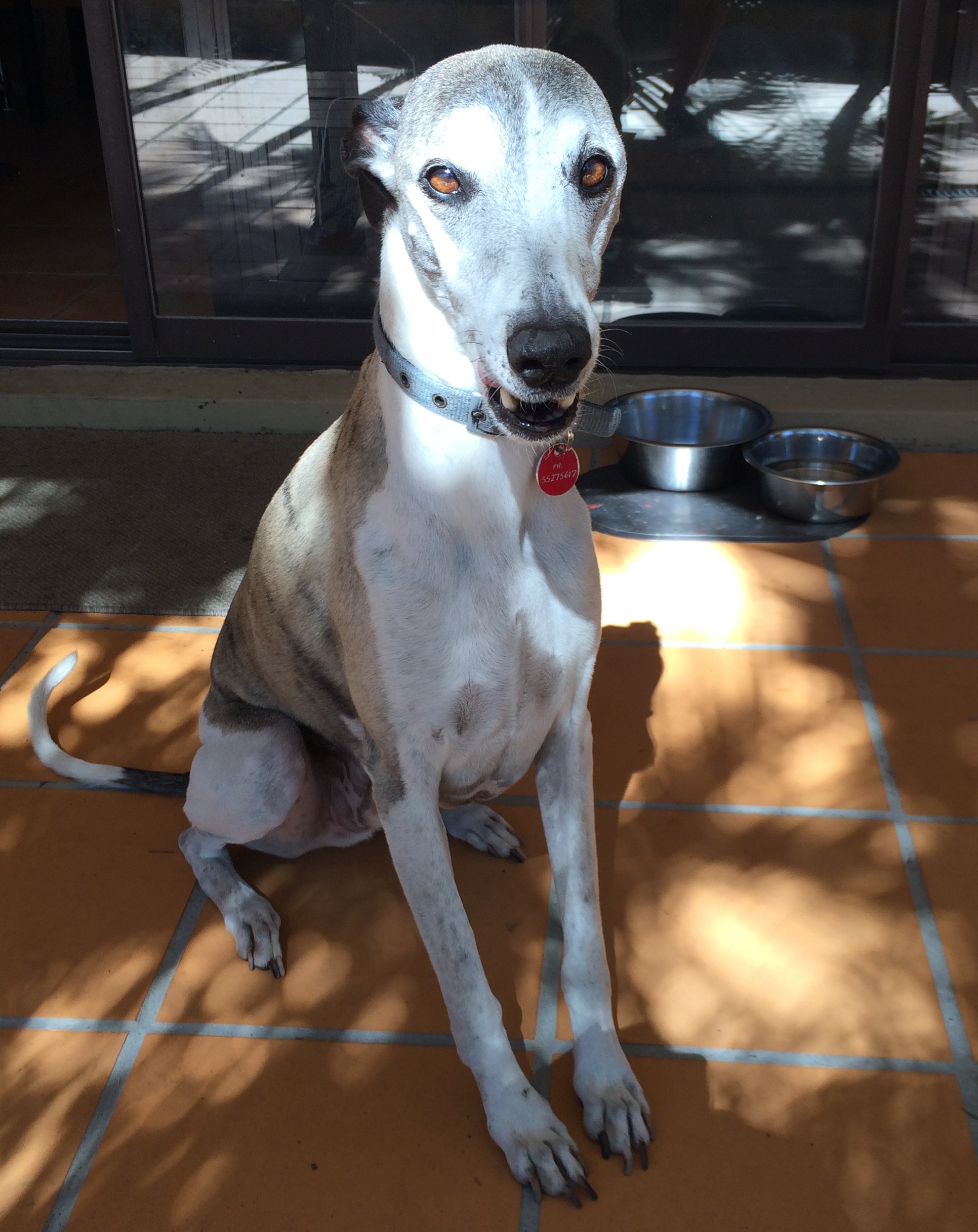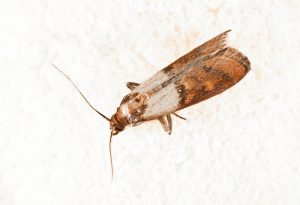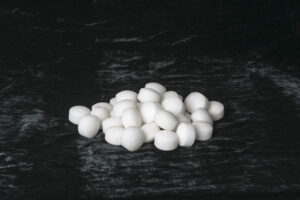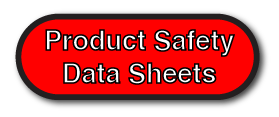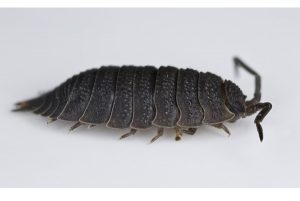
Safe pesticide use for pet owners
Using pest products safely around pets
“Are insecticides safe to use around my pets?” is perhaps one of the most common question homeowners ask about pest control products. It’s a good question…. and important, because when using any pest control product, safety comes first!
The first point to recognise is that pest control products go through a registration process. During this process the Government assesses product safety. If the Government registers the product as suitable for sale, they are confirming that the product is safe to use against the pests listed on the label, as long as it is applied according to the label. A pest control label is a legal document – using a pest control product against pests not listed on the label or in a manner not specified on the label is an offence. So read the label before use!
How toxic are pest control products?
In Australia, all products (not just pest control products) receive a Poisons Schedule. This is an indication of the health risk, if a human or pet is accidentally exposed to the product (through ingestion, skin contact or breathing it in). This is denoted as the signal heading at the top of the product label. For most consumer products this will be “CAUTION”, although there are a few higher risk products with a “POISON” label (such as rodenticides). Occasionally, a pest control product will not have any label at the top of the product. These products are “unscheduled”, which means they represent a low risk to consumers, if used in accordance with the label.
Whatever the product or poison scheduling, safe use of the product is achieved by reading the label and following all safety instructions before, during and after application. Although individual products often have specific directions regarding use, there are some general safety principles that should be followed. Let’s start with rodenticides, which clearly represent the highest risk to homeowners and their pets.
Rodenticide use around pets
Rodenticides are design to kill rodents (mice and rats). However, as rodents are also mammals, rodenticides can also have a lethal effect on cats, dogs, and humans (if enough of the bait is eaten). Consumer rodenticide products contain anticoagulants. Rodents eat the bait and once they have eaten enough, the anticoagulant thins the blood and the rodent bleeds internally, falls asleep and dies.
Generally speaking there are two types of rodenticide bait, ones containing warfarin (1st generation anti-coagulant) and those containing 2nd generation anticoagulants (such as brodifacoum, bromadialone and difethialone). Warfarin is less toxic than 2nd generation anticoagulants, which means that rodents are required to ingest more bait to get a lethal dose. In contrast, rodents often only need a single feed of bait containing a 2nd generation anticoagulant to get a lethal dose. There is also a difference in the speed of action with warfarin tending to take longer to act, with rodents often taking a couple of weeks to die. The 2nd generation products can often control rodents in 4-7 days.
As the food component of rodent baits mainly consist of different grains, they are attractive to dogs (even though they often contain a bittering agent), but are not generally attractive to cats (which only eat meat). However, when using rodenticides it is important to realise that anticoagulants remain in the rodents’ body after they die. As such, if a pet eats a rodent that has been killed by baiting, the pet can still receive a lethal dose of rodenticide. It is therefore important to remove dead rodents after a baiting program. Remember it is possible for your pets to eat rodents that have been poisoned by a neighbour, so it’s important to know the signs of potential anticoagulant poisoning.
Signs of rodenticide poisoning
- Weak, wobbly, unstable
- Nose bleeds
- Blood in vomit, stools
- Bleeding from rectum, gums
- Bruises under the skin
- Swollen stomach
- Difficulty in breathing
- Bloodied eyes
As with rodents, it may take several days for the anti-coagulant to act on your pet, so it could be some time before these symptoms are noticed. Even if symptoms are not apparent, if rodenticide poisoning is suspected contact your vet immediately, as early intervention is key to successful treatment.
You need to think very carefully about using rodenticides around children and pets. If you decide to use a rodenticide, take the following precautions;
- Use a warfarin based bait (may take longer to control the rodent, but many times safer)
- Always place the bait in a lockable bait station
- Make sure the bait will remain in the station (rats like to take food home with them!)
- Place the bait station in a location out of the reach of children and pets
- Check your property (inside and out) for dead rodents (at least every morning)
- Dispose of the rodents by placing in a bag, seal and put in bin with lid (wear gloves).
- Always store rodenticides in a lockable cupboard out of reach of children and pets.
Using rodent traps around pets
An alternative to using rodenticide baits is to use traps. A variety of traps are available on the market. Successful rodent control using traps generally requires more patience and skill than using rodent baits (as well as a good trap design). From a safety point of view, any snap traps should be placed away from children or pets or placed in a lockable station to prevent injury to fingers or paws.
Using insecticide sprays around pets
When using an insecticide spray (pump pack, aerosol or fogger / bomb), all animals should be excluded from the treatment area during application and not allowed to re-enter the area until the treatment has dried. Generally speaking the main risk is from the spray, which can be absorbed through the skin as a liquid. Once it has dried, the risk has been removed.
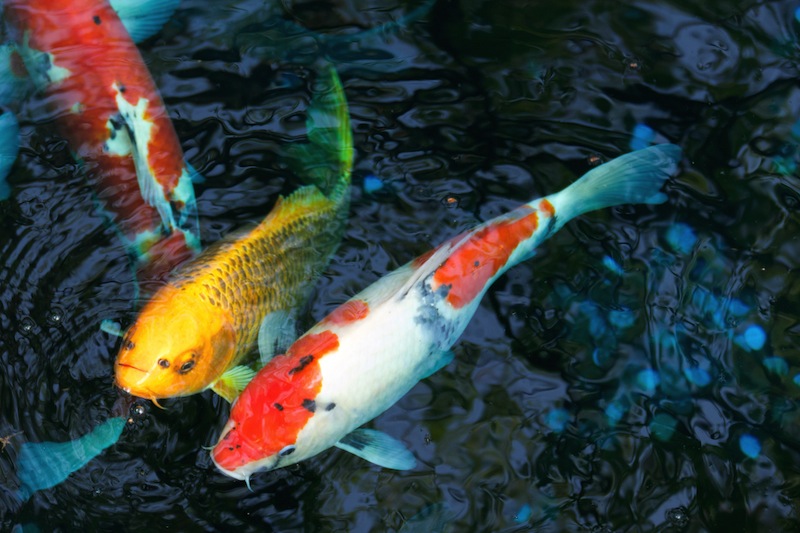
Many insecticide sprays are highly toxic to aquatic life, especially fish. So when you are using pest control products indoors, make sure any aquariums are completely covered to prevent the spray entering the water. Similarly, make sure any ponds outdoors are completely covered before spray and avoid spraying if the wind direction has the potential to blow the spray into the pond or nearby waterways. Although sprays generally are low toxicity to mammals, they can be very toxic to fish and so a small amount in a pond can be lethal.
Using cockroach and ant baits around pets
Most consumer cockroach and ant baits on the market today have a low toxicity to mammals. In addition, they are normally used in small quantities, reducing the chances of an adverse event from accidental poisoning. However, placing the bait in bait stations and placing the baits out of reach of pets will help prevent any unintended ingestion. As we know, dogs are always hungry and keen to sniff out a meal. Baits contain food materials that are very attractive to dogs. They can be very persistent in their efforts to get their snout and paws under cupboards to get at bait if they like the smell – so make sure they are well out of reach!
Using insecticide granules around pets
There are some granular insecticide products on the market that are designed to be spread over lawns and pavers. An example of this type of product would be the insecticide ant sands that are often used for ant control. Make sure pets are kept clear during application and that the treatment is evenly dispersed (no piles of product). The animals can be let into the treatment area after application. Although it may seem unlikely that a pet would eat sand, dogs will often eat many strange things and they have been known to tuck into a pile of sand!
As with insecticide sprays, ensure any insecticide granules are not used near ponds or waterways.
Should I use personal insect repellents on dogs and cats?
Personal insect repellents should not be used on pets for mosquito, flea or tick protection, as these uses are not specified uses on the label. For on-pet protection from insect pests, consult your vet.
So the basic rule is a simply one, read the label before use, follow the instructions and take the appropriate precautions, to protect your family and pets….. and don’t forget to keep all pest control products out of reach and under lock and key.
Point to note: Owning pets tend to make your home more attractive to pests – animal waste and pet food providing breeding sites and nutrition. So good home maintenance and good hygiene practices become even more important. With preventative actions to eliminate pest outbreaks, you may avoid the use of pest control products altogether! (Top 30 pest prevention tips).
Please note that the information contained in this blog is general in nature and is not a substitute for the information on the product label. If in doubt, contact the product manufacturer before application. If your pets have come into accidental contact or eaten a pest control product (or you suspect they have), call your local Vet.

